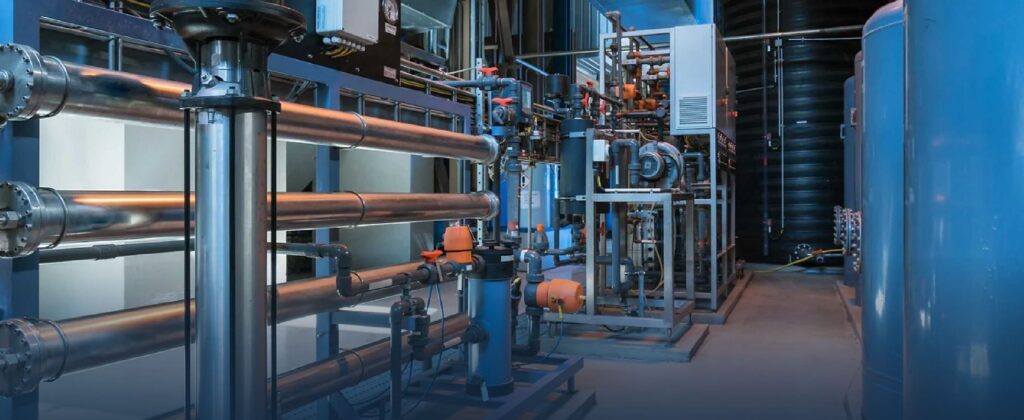Ozone Safety
Ozone is generally not harmful to humans and pets at low concentrations but is dangerous when exposed to high concentrations. Since Ozone is a strong oxidiser, it can be harmful if not handled appropriately.
OZONE MSDS
Ozone’s potential health effects as listed on the Ozone Material Safety Data Sheet (MSDS).
POTENTIAL HEALTH EFFECTS
- Inhalation: Ozone can cause mouth dryness, coughing and irritation of the throat, nose and chest.
- Corrective measure: Move to fresh air, loosen tight clothing and call for medical attention if necessary.
- Skin Contact: Generally absorption through intact skin is not expected.
- Corrective measure: Thoroughly wash skin with soap and water.
- Eye Contact: Can cause irritation to the eyes leading to minor inflammation in some cases.
- Corrective measure: Flush eyes with water for at least 15 minutes and call for medical attention if symptoms persist.
- Aggravation of pre-existing conditions: Ozone can increase sensitivity to bronchia constrictors like allergens, specifically for individuals with asthma.
- Chronic Condition: Partial tolerance appears to develop with repeated ozone exposure and as such long-term health effects are not expected from ozone exposure.
- Ingestion: Ingestion is not a route of ozone exposure.
OZONE IN AIR
Ozone being a strong oxidiser is harmful when at high concentrations. Ozone in air levels are generally subject to local regulation but typically for health and safety regulations, ozone levels should remain below 0.1 ppm in the workplace.
OZONE IN WATER
Ozone has been included by the FDA as a GRAS (Generally Recognised as Safe) substance in 1998 and more recently has been approved in food processing as a safe & sustainable sanitiser. Other countries to accept ozone in food processing include Australia, Japan and New Zealand to name a few.
OZONE STORAGE
Safety requirements for ozone storage do not apply, as ozone is a highly unstable gas that has a short life i.e. it quickly reverts back to oxygen. Hence it is not possible to be supplied or stored in tanks, as such it is produced on location by ozone generators.



